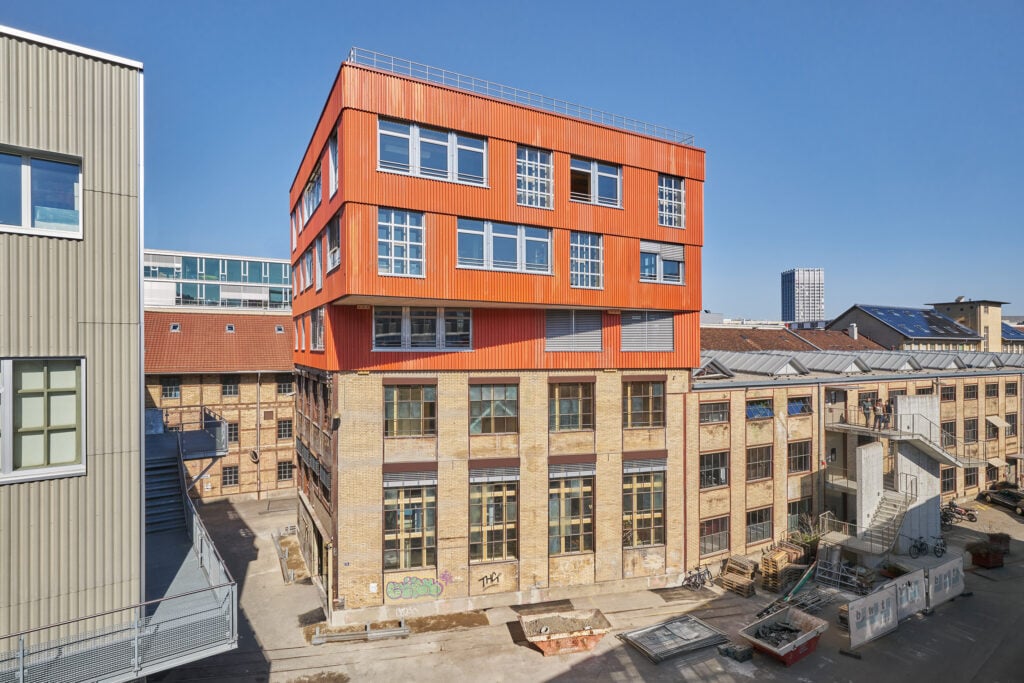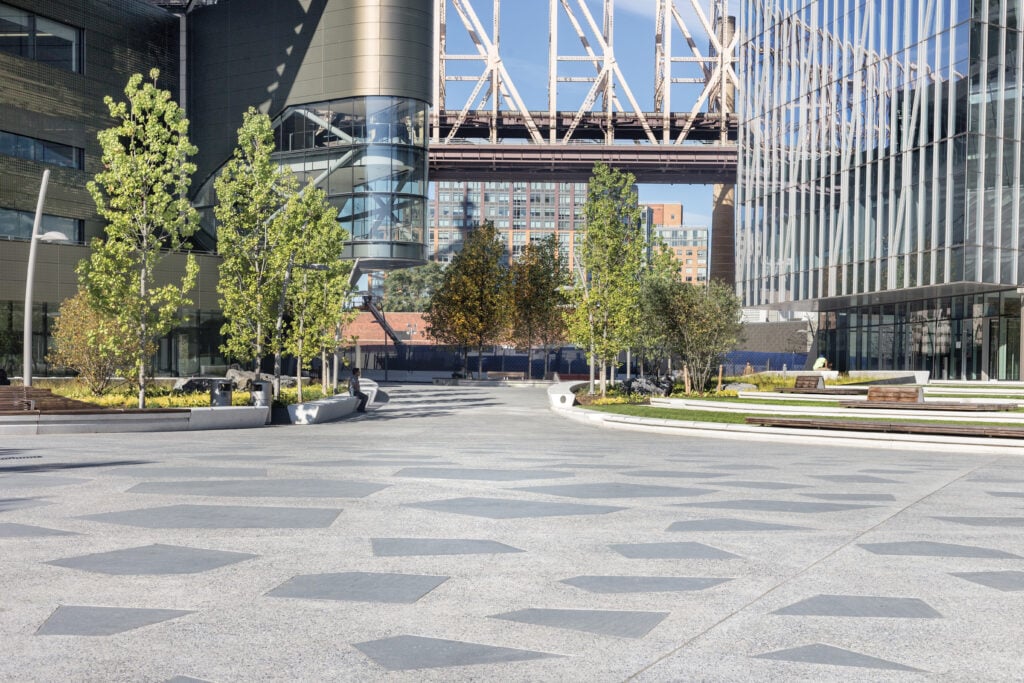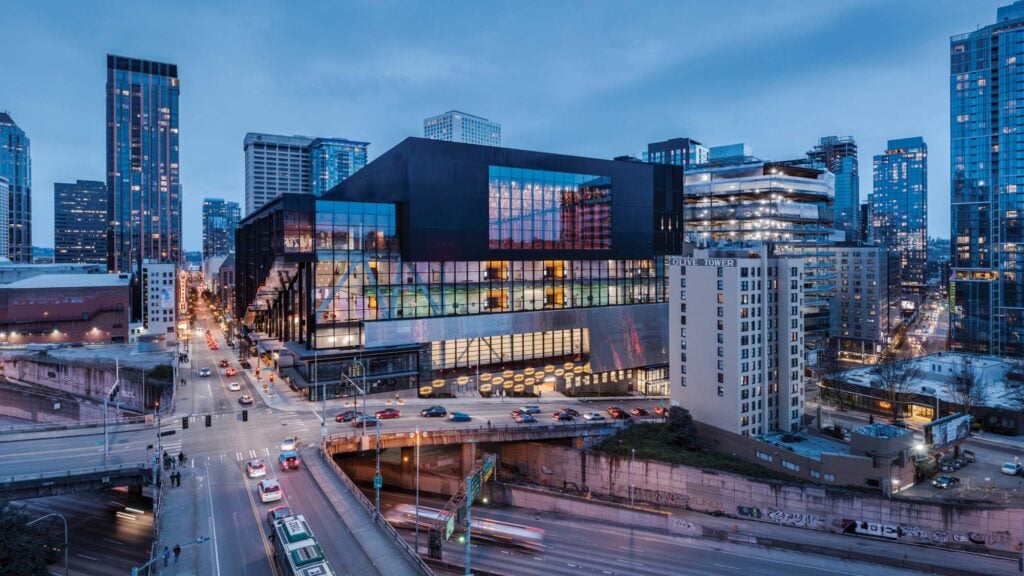
May 11, 2022
Thanks to Stefano Boeri, Architecture Finds its Way into the Venice Art Biennale
It is a space for dialogue. It will have an autonomous life.
Stefano Boeri
Cruising down the Grand Canal this month, visitors can hardly miss the gigantic, white, curiously crown-like structure sitting right on the water’s edge in the eastern courtyard of the 15th-century Palazzo Contarini Polignac. Forty feet high, with a twenty-by-thirty square footprint, the temporary pavilion is the work of Italian architect Stefano Boeri. Titled Hanji House, the project operates as an annex to the exhibition (based inside the adjacent palazzo) Time Reimagined, featuring the work of celebrated Korean artist Chun Kwang Young. “I didn’t really know him,” says Boeri, who was first contacted about a possible collaboration with Young last fall and began an intensive study of his work. “But then—as happens sometimes as a designer—the idea came quite suddenly.”
Boeri’s idea emerged from an analysis of the artist’s “aggregations,” wall- and floor-mounted sculptural works comprised of thousands of foam fragments, piled into abstract forms of startling geometric complexity and uncanny, shimmering color. “It made me think a great deal about tangrams, about origami, the kind of shapes you can make with paper,” says Boeri. Teaming up with another collaborator, video artist Calvin J. Lee, Boeri set out to create a kind of habitable counterpart to Young’s eye-catching confections.

Originally slated to occupy a more secluded site on the far side of the canal, Hanji House takes its name from the delicate paper found in the traditional crafts of Korea. Over a simple timber frame, the four-peaked building is sheathed inside and out with a pulpy, paper-based substance, and coated with an exterior sealant. Inside, in an atmosphere of cool and calm, visitors find a mesmerizing digital piece by Lee, featuring Young-esque tesserae floating on huge digital screens that seem to hover in the inky darkness.
The architect’s ultimate ambition for the piece recalls one of the most famous appearances by a contemporary designer in Venice, the famed World Theater by Aldo Rossi from 1979; a boat-borne event space that moored to the side of the Canal and could (in principle at least) be floated from place to place. “We want to make it so that it could be dismantled and rebuilt,” says Boeri. Just like a real piece of origami, Hanji House can be folded up and packed away, then erected again someplace else. In the meantime, during its seven-month residency in Venice, the pavilion will be available to host programming connected with the Young show, as well as provide refuge and reflection for anyone looking to escape the hordes of art patrons coursing the city’s narrow alleyways. “It is a space for dialogue,” says Boeri. “It will have an autonomous life.”
Would you like to comment on this article? Send your thoughts to: [email protected]
Latest
Profiles
How Barbara Buser Sparked a Reuse Revolution
After three decades of perfecting how to reclaim building components, the Swiss architect is changing the rules of construction in Basel.
Products
How to Specify Stone Sustainably
Essential considerations and resources for selecting stone that meets environmental standards without compromising design.
Projects
Seattle’s Vertical Convention Center Breaks the Mold
The LMN Architects–designed Summit Building reinvents the convention hall as a light-filled urban connector—and is one of few worldwide to achieve LEED Platinum certification.










